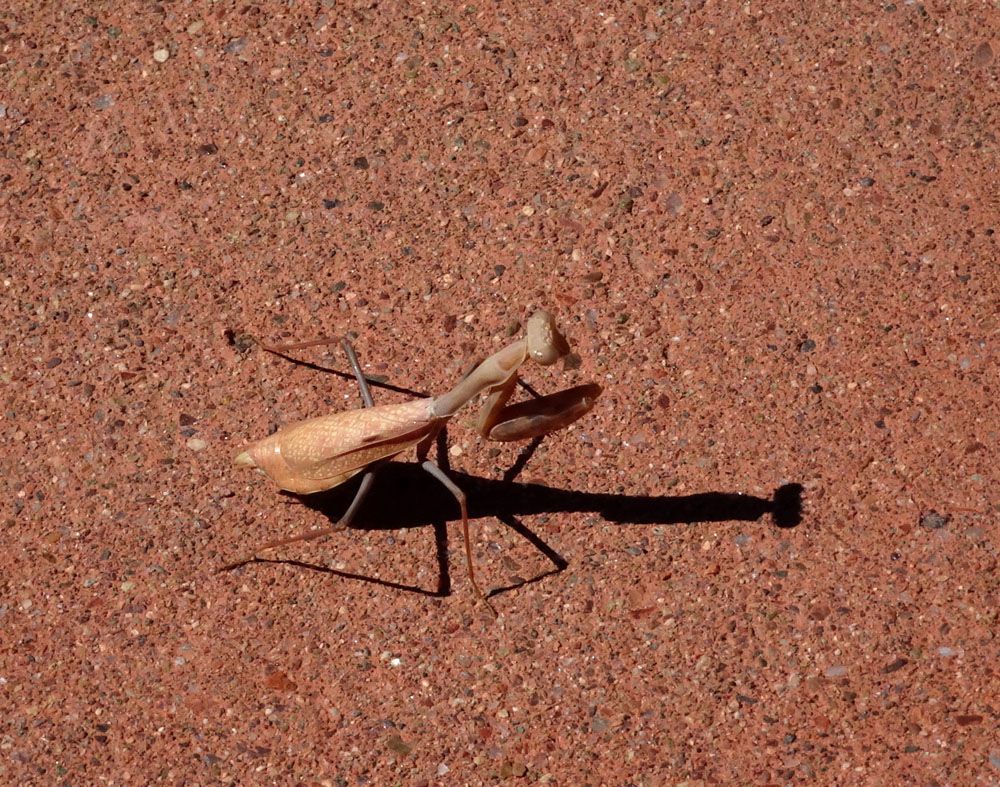
California Mantid – Stagomantis californica
California Mantids
Latin Name: Stagmomantis californica
Common Name: California Mantids, California mantis, Praying mantids, Praying mantis.
Appearance: California mantis is usually 50-65 mm long and brown, yellow, or green colors, with the adults having black bands on the top of the abdomen. They also don’t have a black spot on the coxa. They have characteristics folded forelegs close to the thorax resemble being in prayer-like posture, due to which they are called praying mantids. They have a small triangular head with a rectangular facial shield. They have large globular brown eyes and hind wings suffused with dark brown to the black band and purplish base. They have spiny forelegs, with the inner forelegs being orangish. The mandibles have some black spots near to them.
Host Plants or Food: Caterpillars, Bees, Moths, Grasshoppers, Flies, Crickets, etc.
Territory: Northern America, Southern Europe, and Southern Africa.
Mode of Damage: They prey on different plant pests, so they are considered Beneficial Garden Insect.
Habits and Life History:
California mantids are found in drier and arid areas such as chaparral and deserts, where they live on bushes and plants. They get mixed with foliage and wait for the prey to come and attack suddenly to capture them.
They sometimes eat small members of their own species. Females sometimes, during mating, eat their partner to have protein to create ootheca.
Female mantid lays eggs in an ootheca which is attached to stems and twigs formed by the female to protect the eggs from winter. They overwinter as eggs. There are dozens to hundreds of eggs in an ootheca.
The eggs hatch into nymphs and get dispersed by wind; if they remain crowded together, they start eating one another, and only the solitary will survive.
Nymphs resemble adults but differ in body size and are wingless.
Nymphs undergo several moltings and finally develop into mature California mantids.
The adult mantid can’t survive winter and perish with the first frost. They have only one generation per year.
